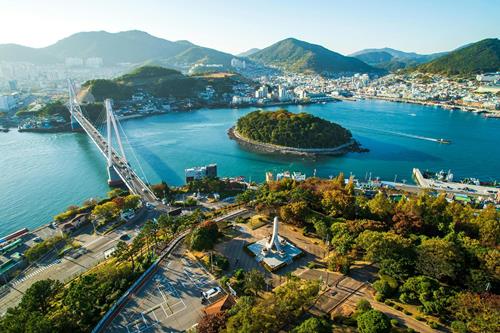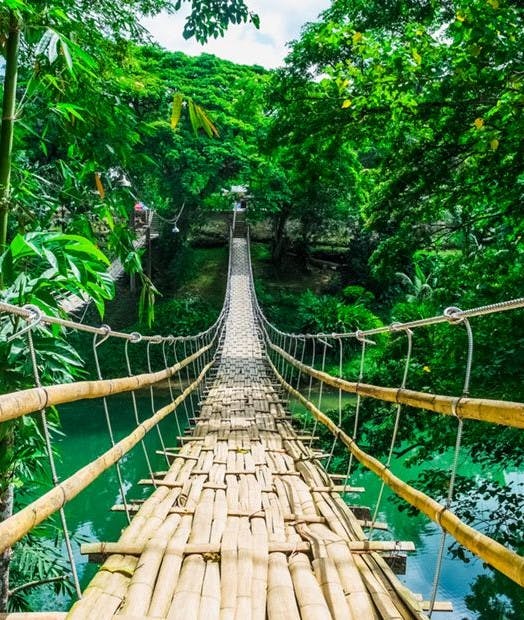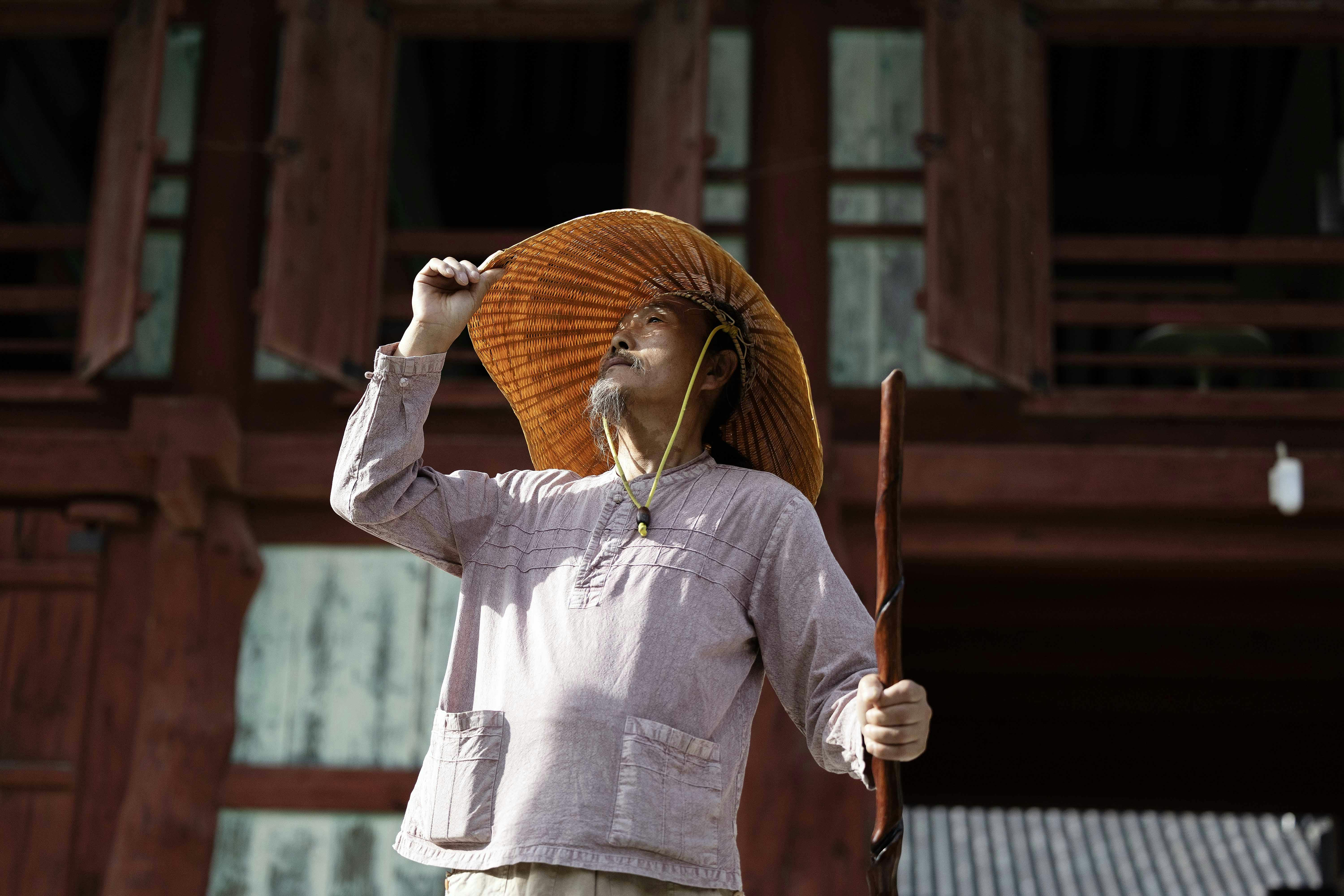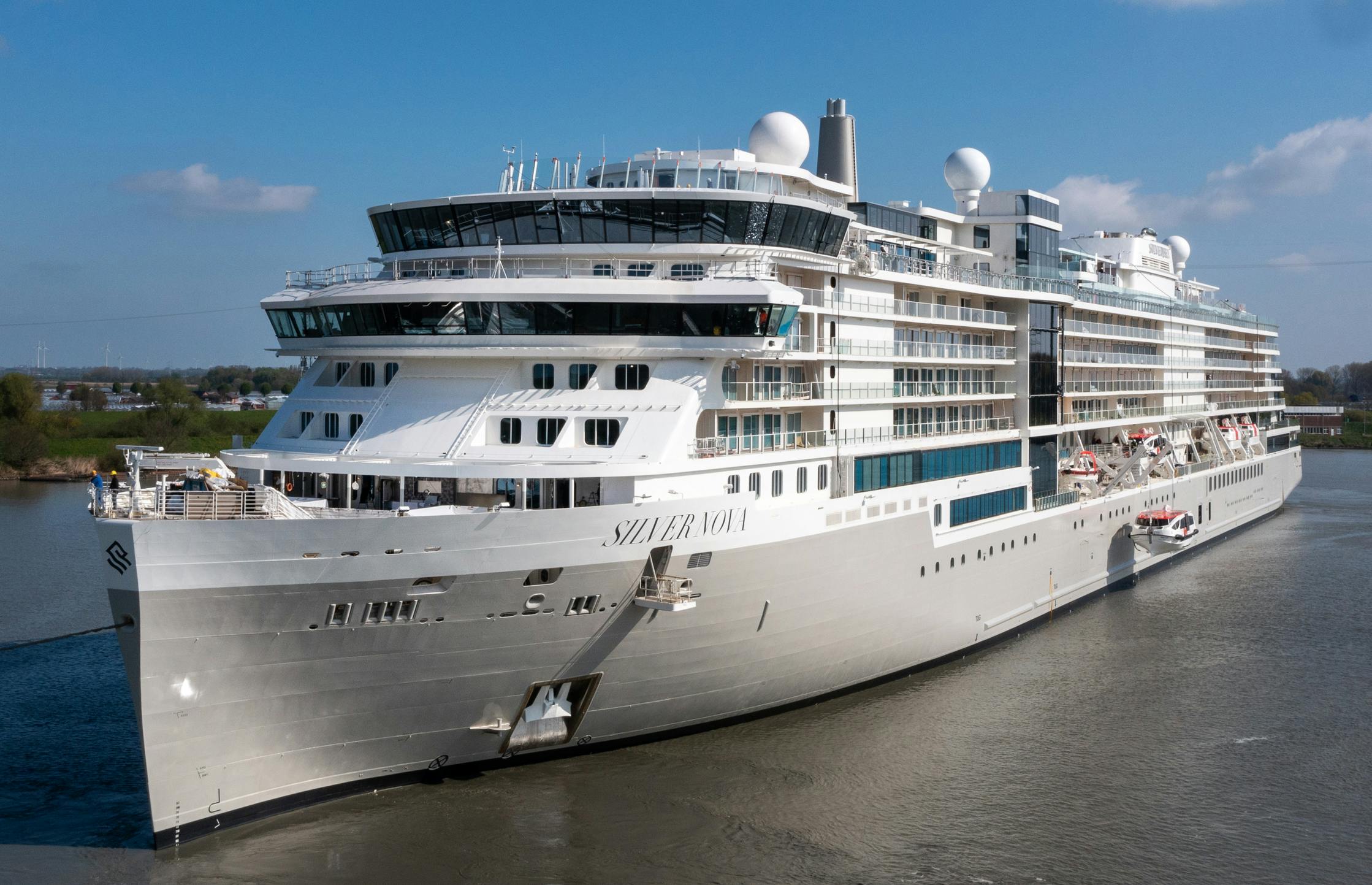Our Insider’s Guide: Korea’s Yeosu
Yeosu, on Korea’s southern coast, is both part of the Korean peninsula – and a city that’s made up of 48 inhabited islands (and many more that aren’t). Traditionally, this place of 300,000 residents has served as a naval base. These days Yeosu, which translates to “beautiful waters,” is courting travelers with a combination of attractions from great beaches and parks to a bustling downtown with restaurants and culture.
We loved our experience here, starting with an aerial perspective of the city and sea by way of the Yeosu Maritime Cable Car. It connects the mainland to Dolsan Island (great spot for coastal hiking). A performance by the Korean Music Orchestra on Yi Sun-sin Square was vivid not just in song but also in colors, costumes and a whirling, dancing energy that translated into a sense of joy.
Urban Yeosu has many charms. And yet our biggest surprises came from our ventures beyond city limits. At Seonamsa Temple, we enjoyed a tea ceremony – not our first in Korea, but always special – and each one has been unique in setting and ceremony. What all have in common is that the ritual of pouring tea inspires you to focus on the immediate, to breathe, relax, reboot.
Intrigued by tea, we moved even closer to it, heading to Baekrok Tea Garden, a plantation in Boseong, Korea’s best-known tea-producing area.
Why is Boseong so important for tea-growing? We asked Baekrok’s owner, Bak Jong Woo, who told us, “It’s because of the climate and geographic position of this part of Korea, located between mountains, rivers and the sea,” noting that most teas are still picked by hand, roasted in a wok, then dried in the sun.
Beyond the growing process, it’s important, he says, to understand the benefit of drinking tea. “Tea is very important for meditation, the mind, and for health,” he says. “I feel all the different scents of the tea. I can feel the freshness. And when I can’t control my thoughts, tea can soothe my mind.”
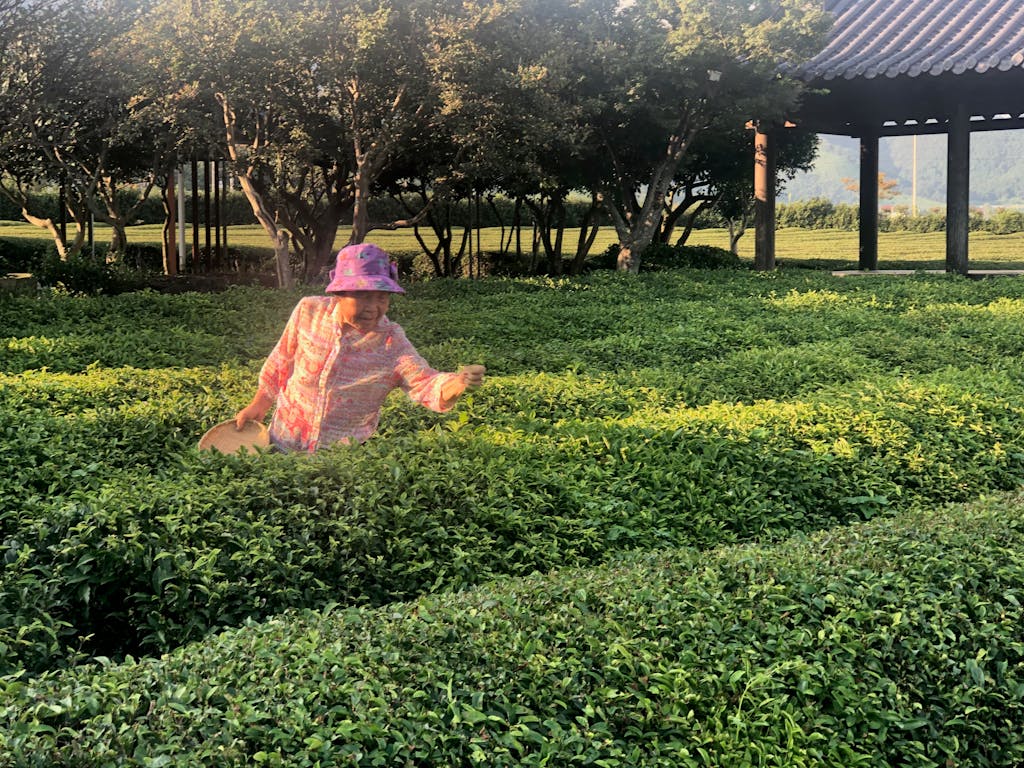
On another day, we went back into the country, this time heading to Suncheonman Bay Wetland Reserve, home to about 140 species of birds, such as the black-faced spoonbill and the Eurasian Oystercatcher. It was the reeds that first caught my attention. Here is the biggest colony in Korea, and we watched the wind ripple through the fields, as if they’re swaying in the wind.
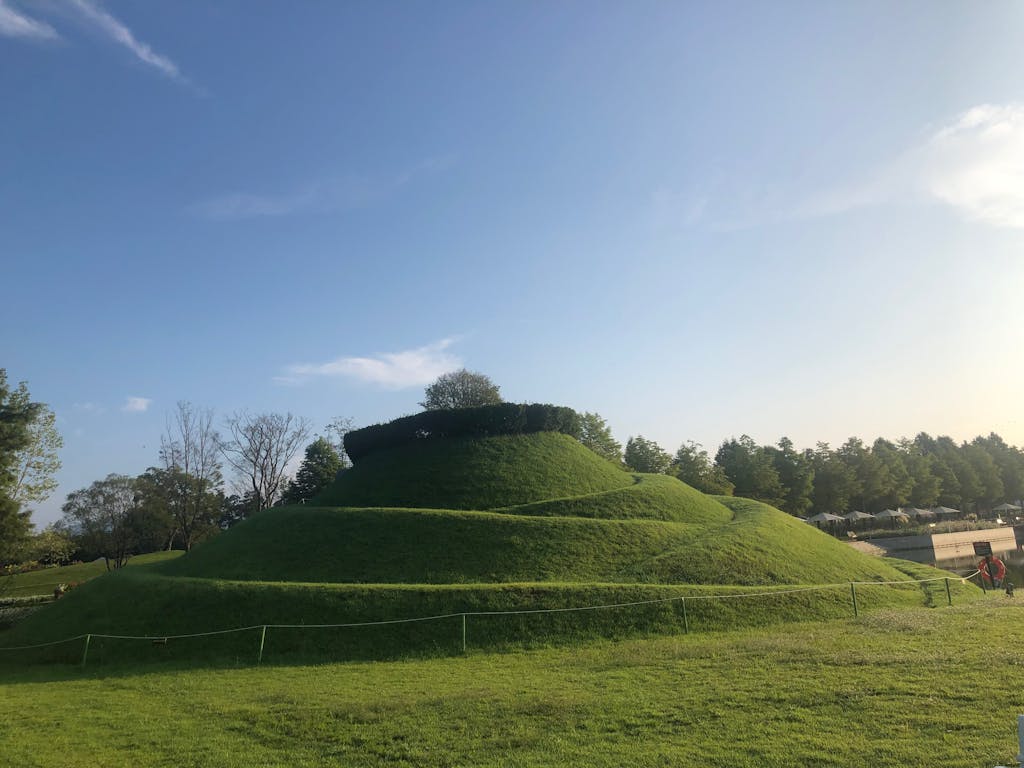
Nearby, Suncheonman’s Bay’s National Garden, one of the centers of garden culture in Korea, offered more formal flora and fauna. The garden, extending about 1.2 million square kilometers, almost 500,000 square miles. was established to protect the bay. Within it are traditional gardens from 12 countries, (including Korea, naturally), and each are distinctly themed – such as an English garden representing the Victorian royal garden of King Charles III, or the reproduction of a Baroque-style from Versailles, France.
Discoveries (in and around) Yeosu
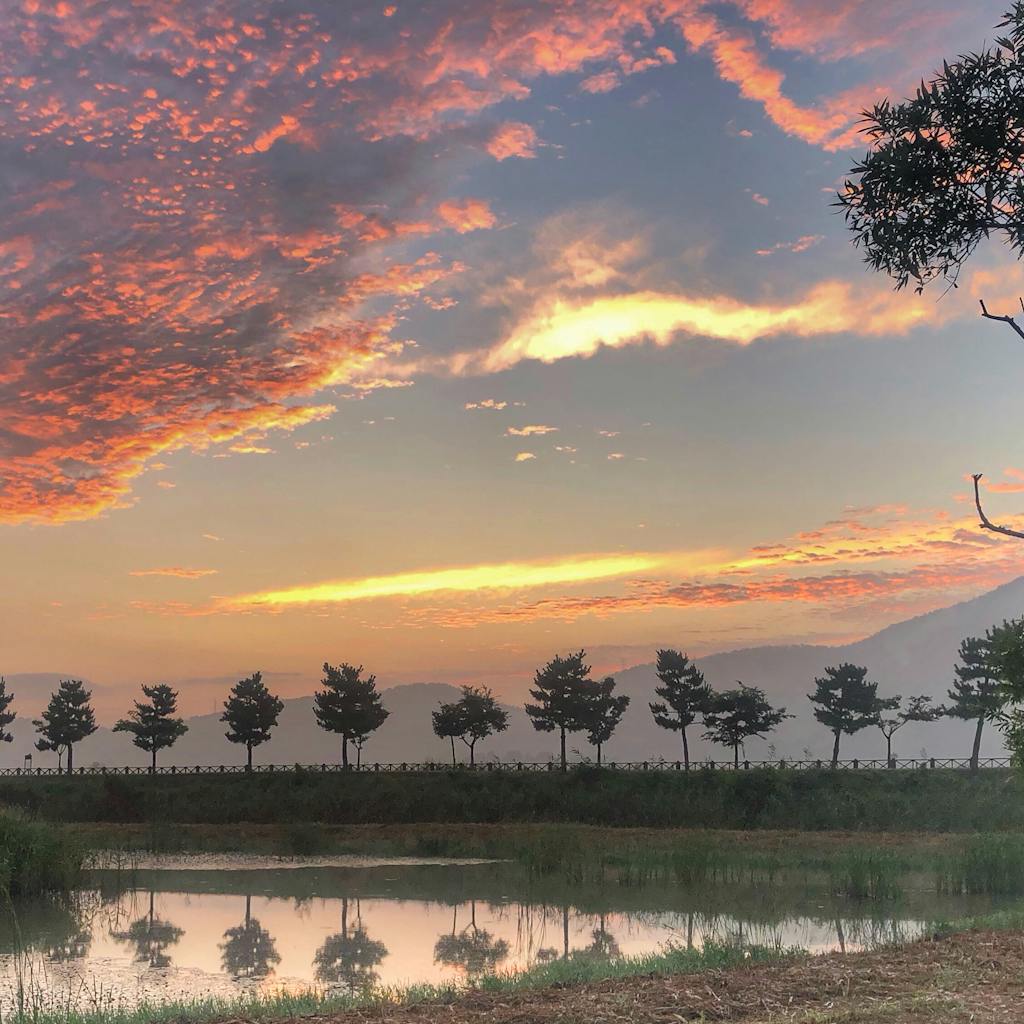
Biggest Surprise: Just how gorgeous the rural countryside is around the Yeosu region.
Best for Culinary Enthusiasts: Tea!
In Yeosu itself, flavors that are local to restaurants, particularly those serving traditional fare, include egg cockles, gizzard shad, pike eel, gulgui (grilled oyster) and Dolsan-grown leaf mustard kimchi.
Favorite Quiet Moment: I loved the different vistas you could experience at the Suncheonman National Garden simply by sitting on a park bench and absorbing the sounds, smells and light.
Editor’s Note: In this package of five stories about Korea and its ports of call, some you’ve heard of, others exquisitely new to many travelers, read more about our impressions about Korea from the trip and also about Busan, Incheon and Sokcho.




